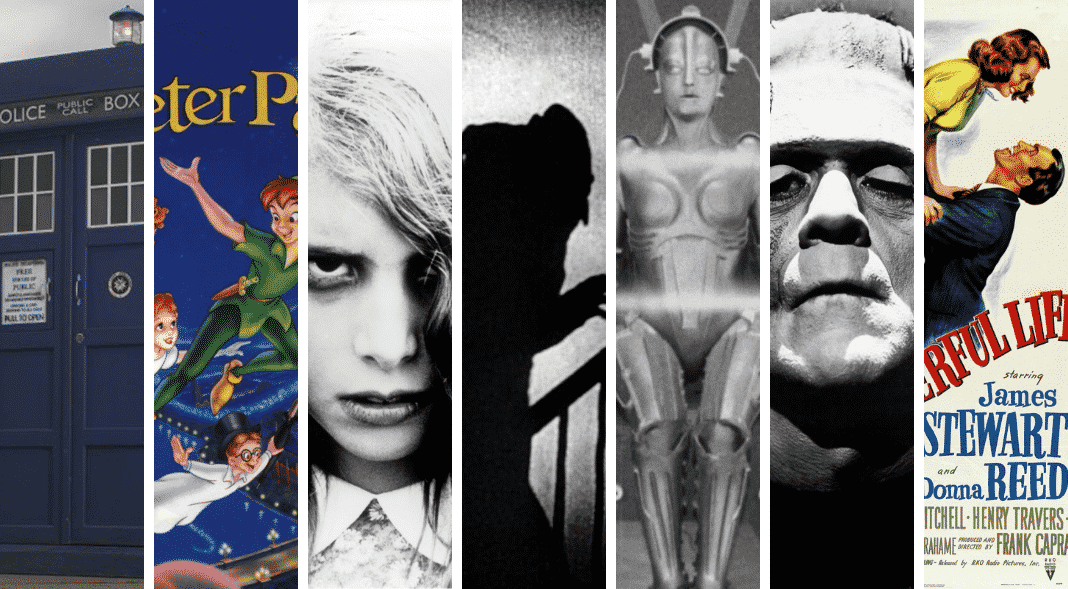7 Works with Bizarre Copyright Histories
Sometimes copyright plays more than a bit part in the history of a work...
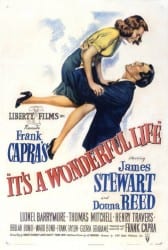
For most creative works, copyright is simply something that the work has. Copyright, in general, is simply a tool used to protect, transfer and otherwise help market and protect the work.
There are many unusual works that have extremely mundane copyright histories. For example, The Rocky Horror Picture show may be a bizarre cult film, but its copyright history is perfectly ordinary.
However, there are a handful of works where copyright plays a much bigger role. In these cases, copyright isn’t just something that the work has, but a driving force in its history.
Whether it nearly got the work destroyed, changed how people viewed it or is literally responsible for its popularity., the copyright of the work changed the history of many creative works.
Over the years we’ve covered a lot of such stories on Plagiarism Today and today we’re going to break down seven of the more strange, wonderful and downright bizarre copyright histories of some of your favorite works.
Be sure to click the links in the headers for the full posts on each of the individual works.
1: Doctor Who

With the new season of Doctor Who beginning, it makes perfect sense to start by looking at the iconic BBC show.
Generally, when it comes to a major science fiction franchise, one would expect the copyright to be neat and tidy. For example, with Star Trek, CBS and Paramount hold the rights to the series. While there are divisions of movie rights vs. TV rights, the whole series and it’s 50-plus year history is still under one roof.
Not true for Doctor Who. The show’s low-budget early history gave rise to a very unique copyright history, one where many of the original creators still own pieces of the universe. This includes K9, The Daleks and Alistair Gordon Lethbridge-Stewart, all of whom are owned by the original creators or their estates.
Though the show has managed to find continued success, it’s still difficult to imagine a universe where the Klingons aren’t owned by CBS or the Wookies aren’t owned by Disney.
2: Peter Pan
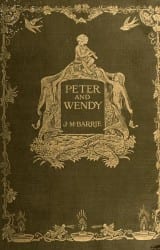
Peter Pan was a play written by J. M. Barrie and first performed in 1904. For much of its life, it had a perfectly ordinary copyright history with Barrie holding on to the rights.
However, when Barrie died in 1937, he did something few expected: He willed the royalties from the book to the Great Ormond Street Hospital (GOSH), a children’s hospital in London.
Under the terms of UK copyright at the time, the work would have lapsed into the public domain in 1987. However, the UK government stepped in and passed the Copyright, Designs and Patents Act of 1988, which granted the hospital a right for a royalty in perpetuity.
The issue became somewhat moot in 1995 when the EU harmonized copyright terms in the bloc, giving the work 20 more years of protection. However, it once again lapsed in 2007, leaving the Copyright, Designs and Patents Act of 1998 in effect for the work.
While the rule only applies in the UK and only gives the hospital the right to royalties (it can not grant permission), the hospital continues to reap the benefit of Peter Pan even today.
3: Night of the Living Dead
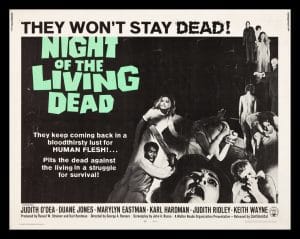
Imagine working for years to bring a vision of a film to life. Then, even though that film becomes a major genre-defining hit, a simple clerical error means that you don’t see a penny for your efforts or your success.
That was the reality for Night of the Living Dead, a film by George Romero and John Russo.
Shortly before the film’s release, the duo wanted to change the movie’s name from Night of the Flesh Eaters to Night of the Living Dead. While the title change may have been for the best, the distributor forgot to put the copyright notice on the final print. Under the law at the time, this meant that the film was placed immediately into the public domain.
While this wouldn’t happen today thanks to the Copyright Act of 1976, it helped drive the film’s popularity. That, in turn, spawned two different lines of sequels, both of which were successful. However, it also enabled other films to take advantage of the concepts and ideas from Night of the Living Dead, which played a huge role in creating the modern concept of a zombie and the modern zombie film.
4: Nosferatu
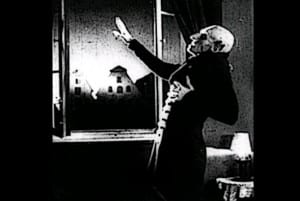
Where Night of the Living Dead lapsed into the public domain due to a clerical error, Nosferatu was nearly destroyed for being a copyright infringement.
The 1922 vampire film by Albin Grau began life as a film adaptation of Bram Stoker’s Dracula. However, when he couldn’t get permission to use the iconic book, he simply made changes to the film in hopes of avoiding a lawsuit. It didn’t work.
Grau was sued by Stoker’s widow and lost. The judge ordered all copies of the film destroyed. However, one print found its way to the United States, where Dracula was already public domain. That copy was preserved and it’s the copy from which all known versions are made today.
In addition to surviving the copyright infringement lawsuit, Nosferatu went on to change many areas of vampire lore. Because of Nosferatu, many vampires can’t go out during the day and can kill their victims (rather than simply create more vampires).
Changes made in a bid to unsuccessfully avoid a copyright infringement lawsuit have shaped vampire lore for nearly a century, all in a film that was nearly completely destroyed because of copyright.
5: Metropolis
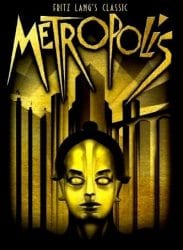
A 1927 film by director Fritz Lang, Metropolis is often considered to be one of the greatest films of the silent era. However, at the time of its release, it would have only been eligible for 28 years of copyright protection followed by another 28 if the film was re-registered.
The film wasn’t re-registered and, in the United States, the film lapsed into the public domain in 1953 (28 years after it was registered in 1925). However, when the United States joined the Berne convention in 1989, there was a push for it to comply with the convention and restore copyright to foreign works that lost it due to lack of formalities.
Initially, the United States didn’t but, in 1994, passed the Uruguay Round Agreements Act, which brought the work back under copyright protection. However, that led to a legal challenge of the act that eventually went before the Supreme Court, which upheld the restoration.
Now, Metropolis is copyright protected in the United States and will remain there until 2022. However, not many works can say that they’ve spent nearly half their lives in the public domain, only to reemerge under copyright protection.
6: Frankenstein
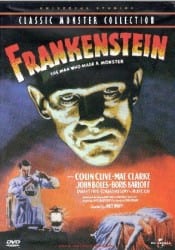
Frankenstein, the 1818 story by Mary Shelley, has a perfectly ordinary copyright history. It was protected and lapsed exactly as works did at that time.
However, the tale of Frankenstein took a turn in 1931 when Universal Studios sought to make a film adaptation of the public domain book. Seizing upon the fact that Shelley offered almost no description of the monster in her book, Universal set about creating their own adaptation of it.
Using the best makeup and effects they could in the 30s. Universal created the now-famous look for the monster complete with green skin, bolts in the neck, flat top head and scar on his forehead. Though this image is what most people probably think of when they think of Frankenstein’s monster, it’s also an image strongly protected by Universal.
So much so that other adaptations of Frankenstein often have to go out of their way to create new interpretations of the monster just to avoid potential litigation with Universal.
In short, though Frankenstein may have lapsed into the public domain a long time ago, Universal has gone to great lengths to protect the most memorable and familiar version of the monster.
7: It’s a Wonderful Life
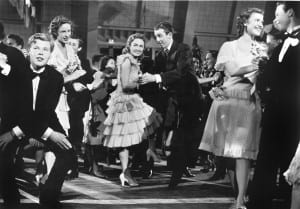
Where Metropolis exited and re-entered copyright protection through treaties and legislation, It’s a Wonderful Life took a slightly different approach.
The 1946 film, which was based on a 1939 short story entitled The Greatest Gift, was a relative flop upon its release. So much so that the film’s copyright was not renewed and, in 1974, the film lapsed into the public domain.
However, television networks looking for cheap content to fill airtime during the holidays took to the film. For nearly 20 years, the film saw near-constant airplay during the holidays and became entrenched as a classic of the season.
However, in 1990, a film case involving a different James Stewart Film, Rear Window, changed the fate of Its a Wonderful Life. In the Rear Window case, the author of the original story argued that the copyright renewal also served as an opportunity for original creators to reclaim rights to their work and renegotiate their contracts.
For It’s a Wonderful Life, this meant a second chance at copyright protection. Republic Pictures had properly renewed the copyright on the short story and acquired those rights in full. Combined with ownership of the film’s score, in 1993 Republic PIctures began sending out notices to networks airing the film. The next year they signed a long-term and exclusive deal with NBC.
While films and TV shows can and do show clips of It’s a Wonderful Life, they have to be careful that the clips are silent and don’t reveal any of the plot. While the film is still considered public domain, Republic Pictures has been able to leverage the soundtrack and the story to keep control of the work.
Bottom Line
For most creative works, copyright is a background player. However, every once in a while, a work finds itself in a copyright situation that not only changes its path, but sometimes can define it.
Whether it’s an iconic horror film lapsing into the public domain, a film nearly destroyed by a lawsuit or universe divided by copyright, copyright often shapes the films and TV shows we enjoy.
While these stories are definitely the outliers, they are all examples of how copyright law, as mundane as it often is, can have drastic impacts on the content that is made under it.
Want to Reuse or Republish this Content?
If you want to feature this article in your site, classroom or elsewhere, just let us know! We usually grant permission within 24 hours.
